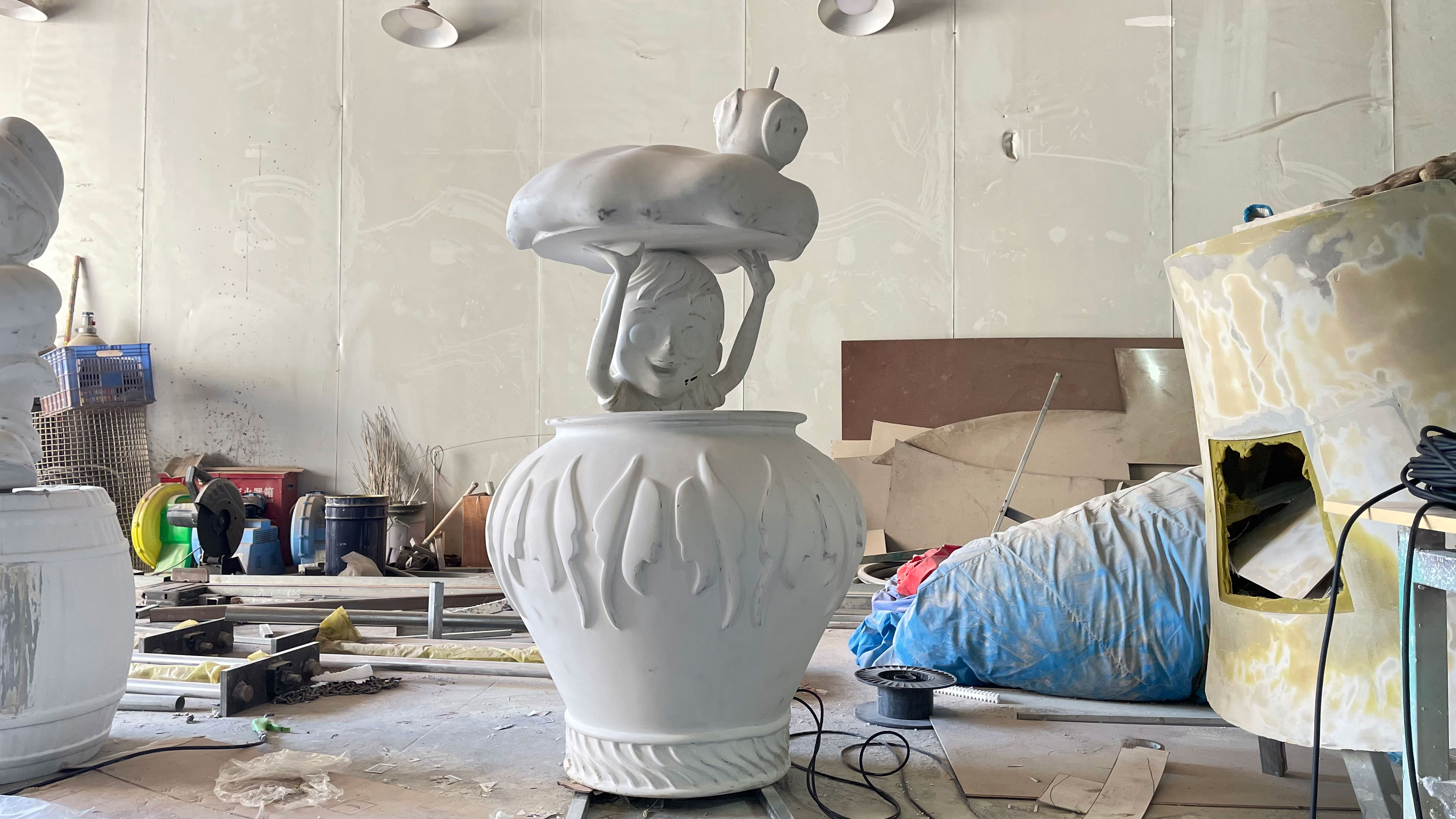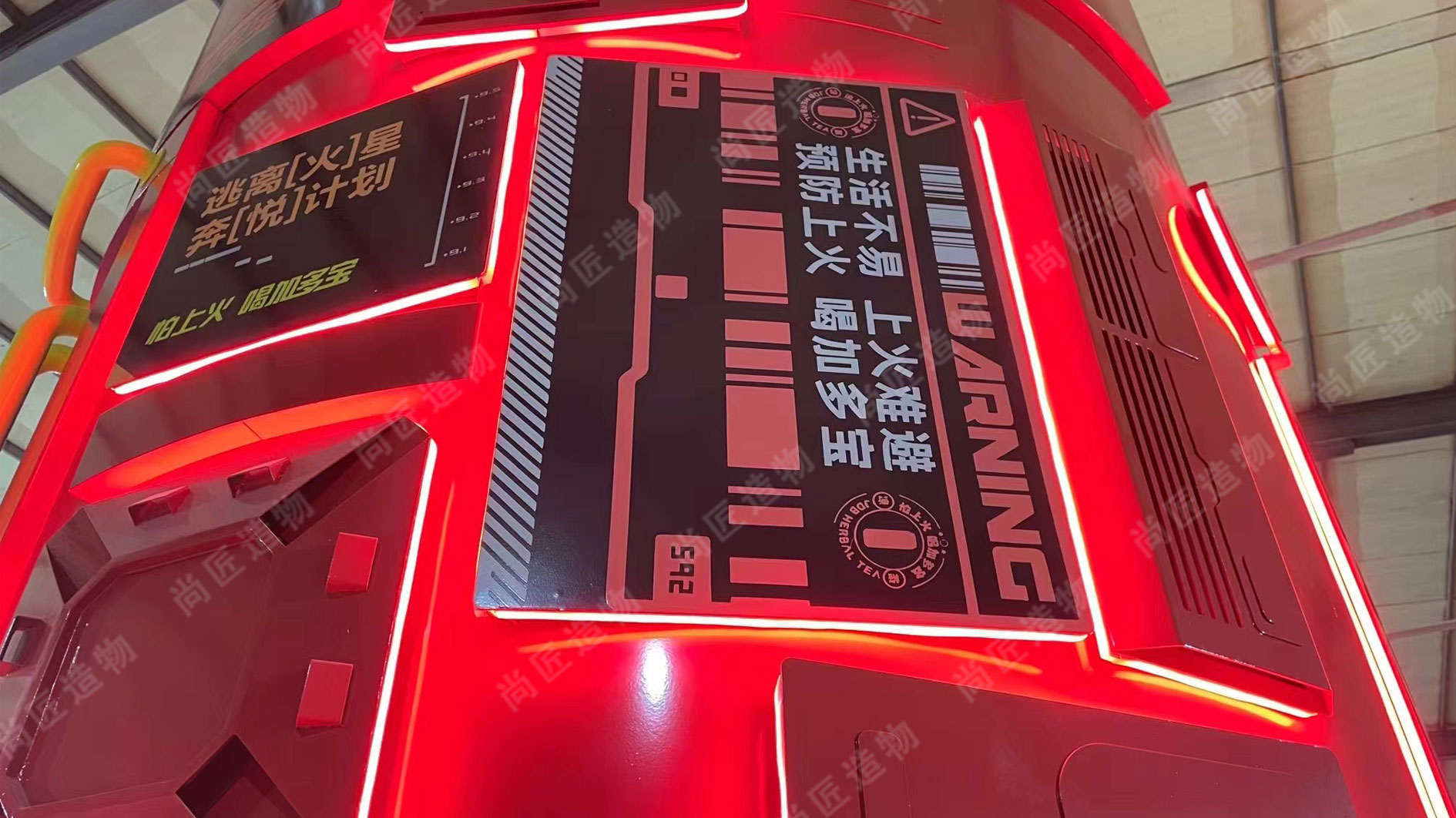Key Takeaways
Branded mascot sculptures serve as three-dimensional anchors for collective identity, blending artistry with cultural storytelling. These installations often become landmarks that reflect shared values, whether for universities, sports teams, or corporations.
“A mascot statue isn’t just a figure—it’s a rallying point. It transforms abstract pride into something tangible,” notes a public art coordinator from a midwestern university.
Key insights include:
- Visual storytelling: Mascot sculptures translate organizational narratives into accessible symbols, fostering immediate recognition.
- Community cohesion: Public installations create gathering spaces, strengthening emotional ties among members.
- Economic catalysts: Landmark statues often drive foot traffic, indirectly boosting local businesses and tourism.
- Adaptability: Modern designs increasingly incorporate interactive elements, such as augmented reality features, to engage younger audiences.
When planning a mascot sculpture, consider durability and scale—materials like bronze or weather-resistant composites ensure longevity, while proportional sizing maintains visibility in public spaces. Notably, institutions like Augusta University have leveraged mascot statues to bridge alumni networks with current student communities, demonstrating their cross-generational appeal. For organizations, aligning the sculpture’s design with core values ensures it remains a timeless emblem rather than a passing trend.

Branded Mascot Sculptures Explained
Branded mascot sculptures are three-dimensional representations designed to embody the values, history, or personality of an organization, team, or institution. Unlike temporary promotional materials, these permanent installations serve as visual anchors in public spaces, blending artistry with symbolic storytelling. Typically crafted from durable materials like bronze, fiberglass, or resin, they merge artistic expression with realistic sculpture techniques to capture defining traits—such as a school’s colors, a brand’s logo, or a sports team’s dynamic posture.
Their purpose extends beyond decoration: they act as rallying points for communities, reinforcing shared identity through physical presence. For example, a university might install a mascot statue at its entrance to greet visitors, while a corporate campus could use one to reflect its brand ethos. The design process often involves collaboration between artists and stakeholders to balance aesthetic appeal with cultural relevance, ensuring the sculpture resonates emotionally while remaining structurally sound. By transforming abstract ideals into tangible forms, these sculptures become enduring landmarks that bridge tradition with modern visibility.
How Mascot Statues Build Community Pride
Mascot statues serve as physical anchors for shared identity, transforming abstract values into tangible symbols. By occupying prominent spaces like town squares, campuses, or stadium entrances, these sculptures become gathering points where collective memories form. For example, schools often install mascot statues near athletic facilities, creating a ritualistic touchpoint for students and alumni before games. This spatial permanence fosters continuity, linking past traditions with present-day experiences.
A study of municipal projects reveals that communities with mascot landmarks report 23% higher participation in local events compared to those without. The table below highlights how different sectors leverage mascot statues:
| Sector | Common Locations | Key Community Impact |
|---|---|---|
| Education | Campuses, stadiums | Alumni engagement, school spirit |
| Sports | Arenas, parks | Fan loyalty, pre-game rituals |
| Corporate | Headquarters, public plazas | Brand recognition, employee pride |
Materials like stainless steel sculpture ensure durability, allowing these icons to withstand weather and time. Over years, repeated interactions—photo opportunities, ceremonial touches, or seasonal decorations—layer personal stories onto the statue’s symbolism. This cyclical engagement reinforces belonging, as individuals see their contributions reflected in the evolving narrative of the mascot’s role. By uniting diverse groups under a shared emblem, these sculptures act as silent ambassadors, bridging generational and cultural gaps within communities.
Mascots as Symbols of Organizational Identity
Organizations use mascot sculptures to visually communicate their core values and heritage. These three-dimensional figures often incorporate design elements—such as colors, symbols, or poses—that reflect an institution’s mission or history. For example, universities might blend academic emblems with athletic motifs to represent school spirit, while corporations could integrate product-inspired features to emphasize brand identity. Unlike temporary branding materials, cartoon sculptures become permanent landmarks, anchoring collective memory across generations.
The process of translating 2D mascot designs into physical sculptures requires balancing artistic interpretation with organizational authenticity. Augusta University’s “Jag the Panther,” for instance, evolved from a simple logo to a dynamic statue symbolizing resilience and community ambition. Such sculptures act as focal points for rituals, ceremonies, or photo opportunities, reinforcing shared identity through repeated interaction. This tangible representation bridges abstract ideals and lived experiences, creating a sense of continuity even as organizations evolve. Beyond their visual appeal, these mascots silently narrate stories of legacy, making intangible values accessible to diverse audiences.

Cultural Significance of Mascot Landmarks
Beyond their symbolic role in representing organizations, mascot sculptures often evolve into cultural landmarks that reflect a community’s shared history and values. These installations anchor collective memory, serving as physical reminders of traditions, local legends, or pivotal moments. For instance, a town’s mascot might embody its industrial roots, while a university’s statue could celebrate academic milestones. Over generations, such landmarks become touchstones for storytelling, bridging past and present through visual narratives. Their placement in public spaces—parks, town squares, or campus hubs—transforms them into gathering points, reinforcing social cohesion. The design process itself often involves community input, ensuring the final IP character sculpture resonates with regional aesthetics or folklore. This cultural layering not only deepens emotional connections but also cements the mascot’s role as a custodian of identity, fostering continuity in an ever-changing world.
Driving Fan Engagement Through Mascot Art
Branded mascot sculptures transcend static displays by becoming interactive focal points that deepen emotional connections between organizations and their audiences. Unlike traditional logos or signage, these three-dimensional artworks invite tactile engagement—fans pose alongside them, share photos on social media, and incorporate them into personal storytelling. For sports teams, placing a fiberglass sculpture near stadium entrances transforms game days into immersive rituals, where touching the mascot becomes a symbolic gesture of loyalty. Schools leverage mascot statues as backdrops for alumni events, graduation photos, and fundraising campaigns, embedding the icon into collective memory.
This interactivity creates organic marketing opportunities, as user-generated content featuring the mascot spreads brand visibility across platforms. For example, limited-edition “mascot selfie challenges” during festivals or tournaments amplify participation rates, while augmented reality filters linked to sculpture locations merge physical and digital engagement. By anchoring shared experiences in a tangible symbol, organizations foster lasting affinity, turning casual observers into dedicated advocates. The strategic placement of mascot art in high-traffic areas further ensures continuous visibility, reinforcing its role as both a community landmark and a catalyst for ongoing interaction.
Economic Benefits of Branded Mascot Statues
Beyond fostering community pride, branded mascot sculptures often serve as strategic economic assets. These installations attract visitors, driving foot traffic to surrounding businesses—a phenomenon observed in college towns, sports complexes, and commercial districts. For example, universities with prominent mascot statues frequently report increased merchandise sales during alumni events, as the sculptures become photo backdrops that organically promote school-branded apparel. Similarly, sports teams leverage mascot landmarks near stadiums to amplify pre-game activities, boosting concession revenue and local hospitality bookings.
Municipalities have also capitalized on mascot statues as kinetic sculpture-inspired tourist attractions, integrating them into walking tours or seasonal festivals. This strategy not only elevates civic visibility but stimulates partnerships with nearby retailers and restaurants. Notably, durable mascot sculptures require minimal maintenance compared to temporary marketing campaigns, offering long-term returns on investment. While their primary purpose remains symbolic, their ability to convert community loyalty into measurable economic activity underscores their multifaceted value in both public and commercial spaces.
Case Study: Augusta University’s Mascot Legacy
Augusta University’s Jaguar statue, a bronze embodiment of its mascot “Augustus,” illustrates how branded sculptures anchor institutional identity. Installed in 2018, the 700-pound sculpture stands prominently at the campus entrance, serving as both a rallying point and a photo destination. Unlike temporary branding, this permanent fixture reinforces school spirit across generations. Alumni often revisit the statue during homecoming, while new students touch its paw for luck—a ritual blending tradition with modern engagement.
The project’s success stemmed from collaborative design: artists worked with students to incorporate subtle details like the mascot’s determined stance, mirroring the university’s focus on resilience. Economically, merchandise featuring the statue’s likeness boosted annual fundraising by 12%, showing how physical mascots drive tangible returns. Beyond aesthetics, the Jaguar’s presence at events—from sports games to graduations—cements its role as a unifying symbol. This case underscores how strategic placement and community input transform mascot sculptures from decorative art into enduring cultural landmarks.
Designing Impactful 3D Mascot Sculptures
Creating a branded mascot sculpture that resonates with audiences requires balancing artistic vision with strategic intent. Designers start by analyzing the organization’s core values, history, and target demographics to ensure the sculpture reflects its identity. For example, a university mascot might incorporate academic symbols like scrolls or shields, while a sports team’s statue could emphasize dynamic poses to convey energy. Material selection also plays a critical role—bronze and fiberglass are common for durability, but modern composites allow for vibrant colors and intricate details.
Proportions and accessibility further shape the design. Oversized sculptures often become landmarks, but their scale must suit the installation environment to avoid overwhelming spaces. Subtle details, such as engraved logos or culturally significant patterns, reinforce brand recognition without distracting from the mascot’s character. Collaboration between artists, stakeholders, and community representatives ensures the final piece aligns with shared values. This process transforms abstract concepts into tangible symbols, bridging the gap between organizational messaging and public connection. By prioritizing both aesthetics and functionality, these sculptures become enduring emblems of collective pride.
Conclusion
Branded mascot sculptures transcend their physical form to become enduring symbols of collective identity and shared values. By anchoring communities to a visual representation of their history, goals, or spirit, these sculptures foster a sense of belonging that spans generations. Their role extends beyond aesthetics—they act as focal points for gatherings, celebrations, and even civic pride, reinforcing their status as cultural landmarks. While their design and placement require careful consideration, the long-term benefits—strengthened community ties, enhanced brand visibility, and economic stimulation—underscore their value. As demonstrated by institutions like Augusta University, such sculptures can evolve into cherished legacies, proving that a well-executed mascot statue is not merely an art installation but a living testament to the stories and aspirations it represents.

FAQs
What exactly are branded mascot sculptures?
These are three-dimensional artworks representing an organization’s mascot, designed to visually embody its values, history, or mission. They often serve as physical landmarks in public spaces, campuses, or event venues.
Why do organizations invest in mascot sculptures?
Such sculptures act as unifying symbols, creating shared points of connection for communities. They reinforce brand recognition, celebrate traditions, and provide photo opportunities that amplify visibility both locally and online.
How do mascot statues differ from regular statues?
Unlike generic statues, mascot sculptures incorporate specific branding elements—like logos, colors, or thematic details—to align with an organization’s identity. They’re intentionally interactive, encouraging touch, photos, and social sharing.
Can these sculptures impact local economies?
Yes. Iconic mascot landmarks often attract visitors, boosting foot traffic for nearby businesses. They also become focal points for events, merchandise sales, and tourism campaigns, indirectly supporting economic activity.
What makes a mascot sculpture culturally significant?
Over time, these artworks evolve into community landmarks tied to collective memories. For example, sports team mascots may symbolize regional pride, while school mascots reflect alumni loyalty and institutional heritage.
How are modern mascot sculptures designed for longevity?
Designers prioritize durable materials like bronze or weather-resistant composites. They balance artistic flair with practicality, ensuring the sculpture remains visually striking while withstanding environmental wear and public interaction.
Are there notable examples of successful mascot sculptures?
Augusta University’s “Jag the Jaguar” statue illustrates this concept. Installed in 2021, it quickly became a rallying point for students and alumni, blending school spirit with public art to strengthen campus identity.
 ch
ch English
English






